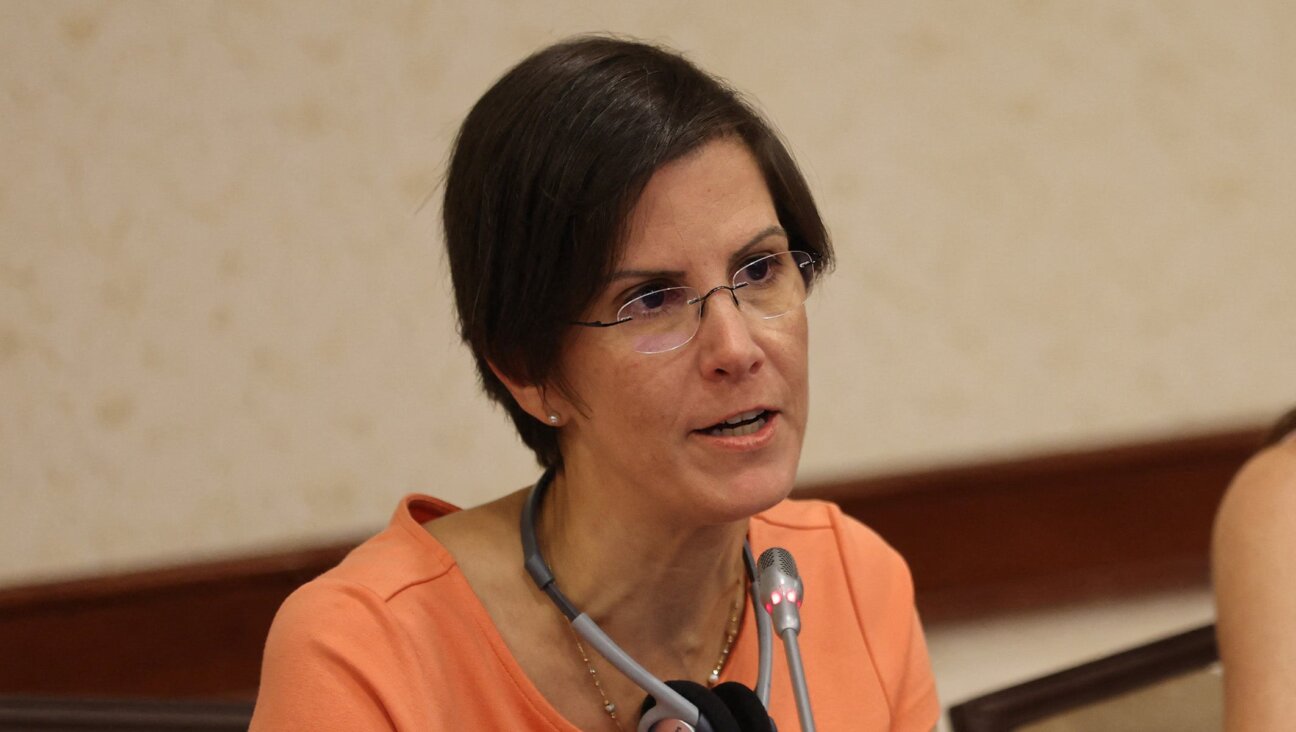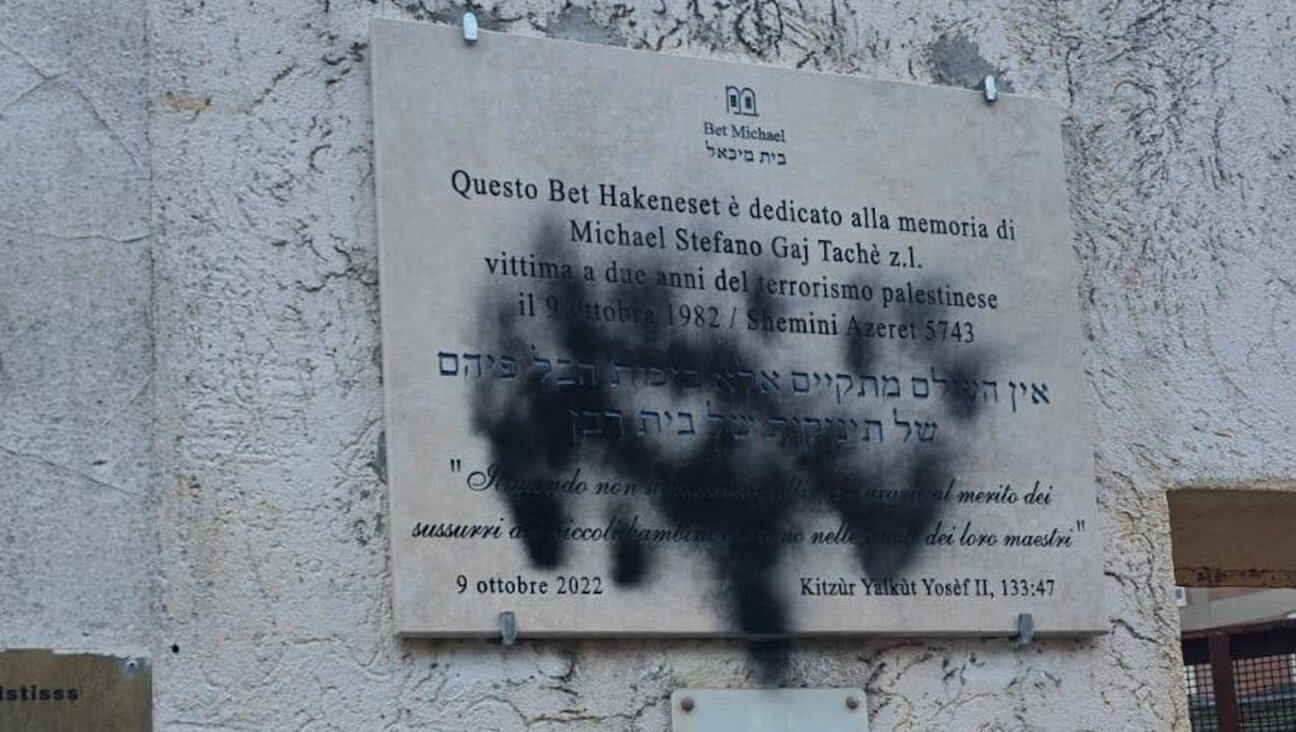Tense Return to School for Beit Shemesh Girls
Parents across Israel collectively breathed a huge sigh of relief today as their children packed up their books and headed off to the first day of school. But a group of residents in the city of Beit Shemesh were especially relieved. Over the past few days, it looked as if their daughters’ school, Orot Banot, might not open at all.
The school has been targeted by extremist groups from the Haredi neighborhood it borders, who, in the weeks leading up to the opening of school threatened to keep it closed. Their reason: that the girls would be an “immodest presence” threatening the “character” of their neighborhood.
The surprising part of the story is the fact that the Haredim weren’t protesting a school where young secular girls run around in halter tops or cut-off shorts. Their problem was with a modern Orthodox, in Israel known as national religious, girls’ elementary school located on the outskirts of their neighborhood. The school, Orot, has had an adjacent religious boys school, Orot Banim, which the Haredim have lived next to comfortably for the past two years. But the girls’ school has been specifically targeted because, they say, modestly-clad religious girls age six to eleven playing in their field of vision is inappropriate.
The Jerusalem Post quoted a 25-year-old Haredi resident called Yitzik saying, “We are raising our children here and they can’t be exposed to these sorts of immodest sights.”
The real agenda of the Haredim, people here say, is that they want the new modern, attractive school building for their own education needs, and they are using the modesty issue as an excuse. The city’s mayor is suspected of promising the building to the Haredim, despite the fact that it was being built for the girls’ school, opposed the opening of the school using the excuse that the safety of the female students could not be assured in view of the threats.
The background of the conflict is the politics of the city of Beit Shemesh, which, two decades ago, created large suburban ring of national religious neighborhoods, which subsequently were ringed with Haredi neighborhoods. The demographics have put the Haredim in the majority, resulting in the election of a Haredi mayor, and fights over public land and its uses have become intense. (I have written previously about the town’s “Mikveh Wars.’”
This latest skirmish underlines the fact that whether it is school buildings, the mikveh or segregation on bus lines, it is increasingly the national religious community that is now on the front lines when it comes to fighting extremism in religion. In neighboring Jerusalem there is a history of national religious neighborhood being overwhelmed by Haredim, which resulted in the national religious residents eventually giving up and moving out.
But this time, the national religious parents of Beit Shemesh – which contains a large number of immigrants to Israel from the U.S. and other English-speaking countries – decided to stand and fight. Using Facebook to organize (an active support group is called “We Are All Orot Banot” and taking advantage of the fact that many parents took off from work to care for their kids in the last days of summer vacations, there were several marches and protests, and parents formed a watch group to make sure the school building was kept open.
On Monday, the situation came to a head and grabbed headlines when a large group of Haredim infiltrated the school and physically clashed with the parent groups.
Once the situation was in the spotlight, the Ministry of Education intervened and announced that the girls would indeed attend school there on September 1st. With heavy security, they made their way to school. The mood of the parents following the successful opening of Orot Banot is triumphant but nervous, both about the future of the school and their community.
S., one of my Beit Shemesh friends, said she feels as if the now Haredi-dominated city is trying to make women disappear. Recently, she noted, the city released a promotional booklet about the city that did not contain a single photograph of a woman or a girl because they didn’t want to offend the Haredim – a move reminiscent of the photograph in the Haredi newpaper from which Hillary Clinton was photoshopped out.
S. told me, “If the city that I live in feels it must exclude women and girls from the public eye, if it feels it can so easily give short shrift to girls’ education, what does that say? I do think that this experience was an interesting lesson for the haredi community. I don’t think they expected a fight.”
















